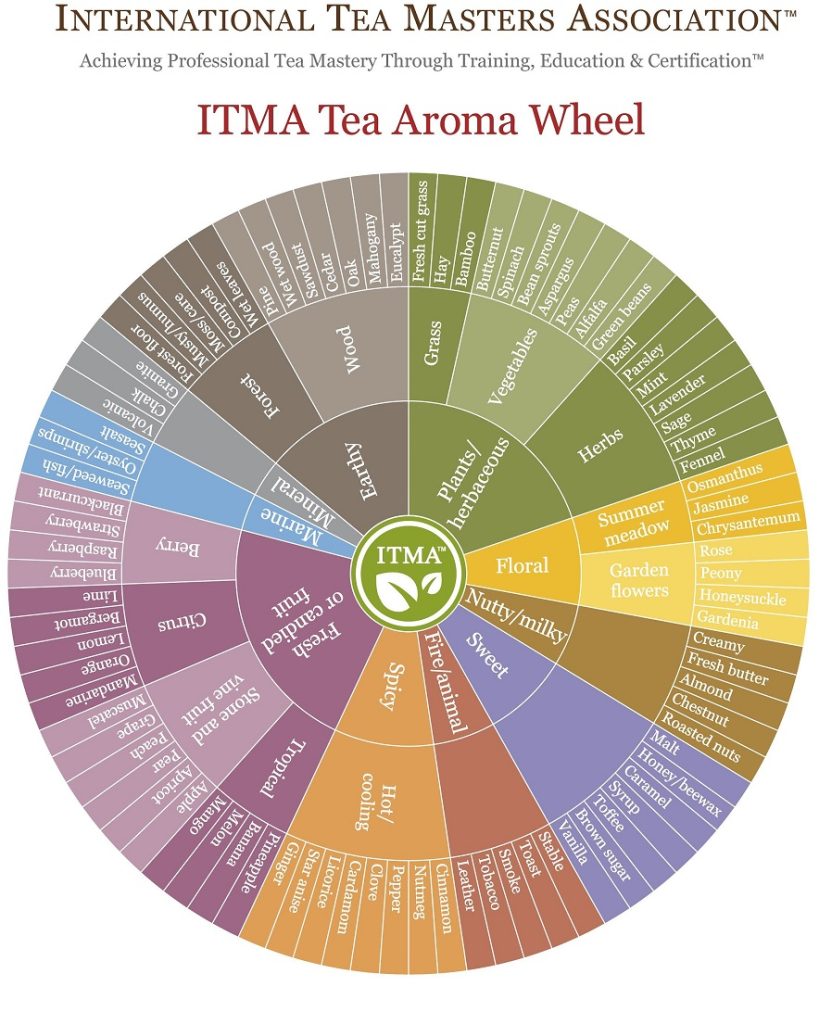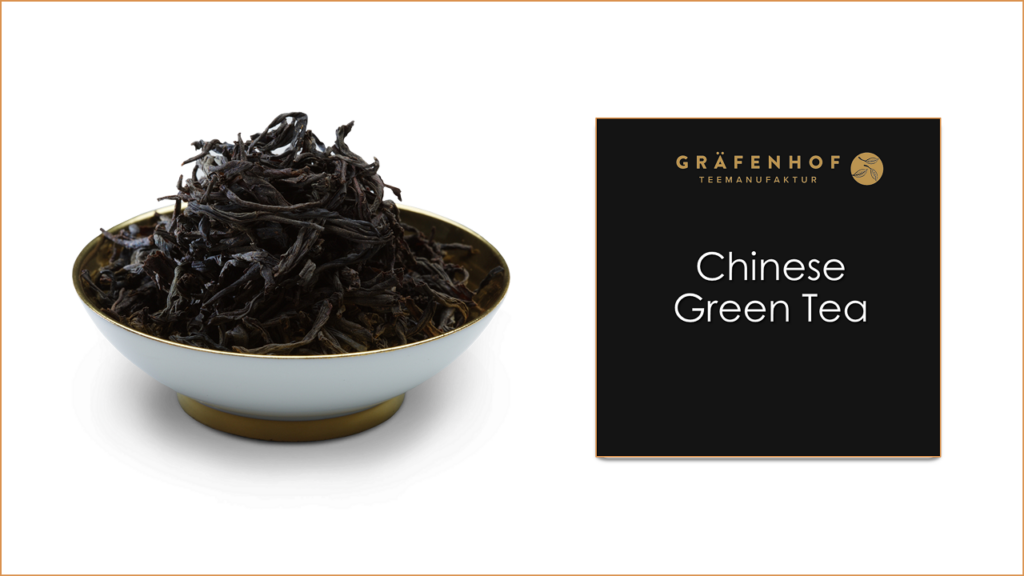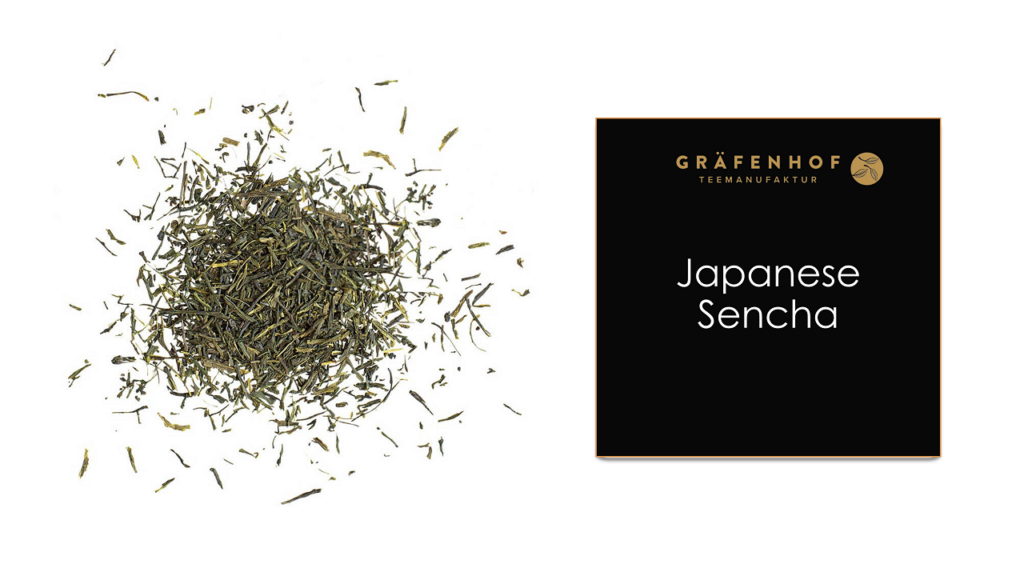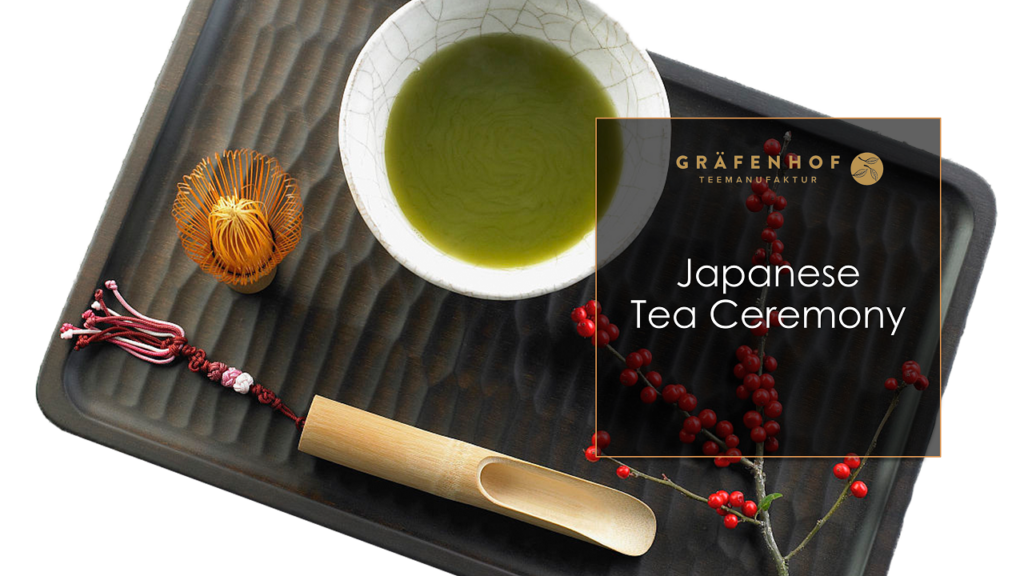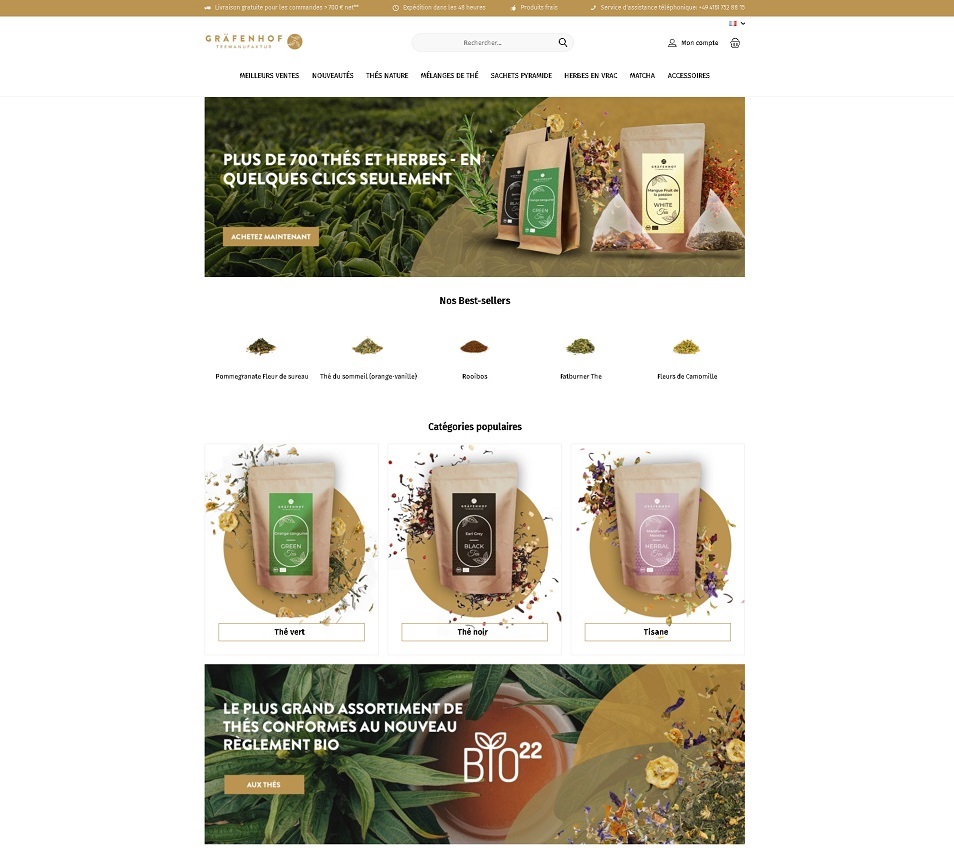Green Tea History
The non-fermented green tea has been consumed in China for more than 4,000 years. From there, green tea subsequently made its way to Japan and is nowadays also produced in other parts of the world.
Back then, freshly picked tea leaves were simply dropped into a cup and infused with hot water. Of course, this is how green tea could be enjoyed even today, provided you have a tea plant nearby.
Green tea cultivation dates back to the Han Dynasty (206-220), where it was primarily used for medicinal purposes, but it wasn’t until the early Tang Dynasty in China (600-900) that we hear of green tea being drunk for pleasure. At that time, green tea was only distributed in compressed cakes for easy transportation.
A groundbreaking book entitled “The Classic of Tea” or “Cha Jing” by Lu Yu was written during the Tang Dynasty describing the art of drinking green tea. The book is regarded as one of the most significant books of its era, as it is the first comprehensive exploration of the subject of green tea, including the methods of green tea cultivation in its entirety.
Also conceived during this period was the formal tea ceremony, especially due to the tools needed to prepare this ritual, which were only accessible to the wealthy elite. Consequently, drinking green tea became a status symbol in society.
The Evolution and Growth of Green Tea
Green tea is the oldest form of tea leaf processing and is increasingly appreciated by consumers throughout the world. While most people in the west have preferred black tea over green tea for many years, in the Far East – especially in China and Japan – green tea has always been the most popular.
As a result, many varieties of tea plants have been developed in the past 50 years in producing countries such as China, Taiwan and Thailand, but also a significant range of cultivation and processing methods, yielding a wide variety of green teas for consumption.
While green tea has been consumed longer than any other variant of the camellia sinensis plant, the ways in which it is processed haven’t really changed.
In many tea producing countries, green teas are still hand-harvested and hand-shaped, and in some cases with the help of very simple age-old machinery that has been passed down from generation to generation. The ways in which it is consumed, however, have changed drastically.
In Europe – and in most western countries – we have traditionally drunk black tea and the industry focused mainly on the products we have developed a taste for: Balck tea bags.
It wasn’t until the late 19th century that green tea made its way into European and more western cultures. Until the invention of the clipper ship, western cultures were only familiar with black teas, which were the result of freshly harvested green teas that were usually transported via camelback for months at a time by traveling merchants.
These merchants would set up camp night after night, exposing the tea to their nearby campfires, therefore permeating the leaves and giving them a more charred appearance and taste.
With the invention of the clipper ships, teas could be transported in less than half the time, allowing them to arrive in a more preserved and unprocessed state. This new method of transport revolutionized the way tea, and green tea, in particular, were perceived and experienced forever.
Until recently there was a limited product diversity available for sale. That has changed in the last century – with great advances taking place in th last 20 years – with new trends in health and lifestyle growing in popularity.
This new found demand further ignited an already strong development for the tea industry – growing and processing of tea – that has changed the landscape of tea growing nations in Asia.
This may be surprising and maybe new for western consumers, but the Green Tea market (as well as other specialty teas such as Oolong and Match) have experienced massive expansion .
Still large sections of the society are still quite uneducated and often confused when it comes to green tea. That is due principally to the large variety of teas on offer, countries of origin, grades
Green Tea Today
Over the last two centuries, exports from Asia to large consumption countries such as England and the UK, Germany, Holland and France have increased dramatically. Today, We not only have access to a wider variety of teas, but we have suddenly been exposed to a very large, diverse and well established market for green tea.
Today, green tea can be found everywhere in the mainstream marketplace in forms from loose leaf to powdered (known as matcha), and in other consumables, such as baked goods and breath fresheners.
Matcha, the powder green tea, is an established product with huge demand in the USA and Europe. Oolong, once completely unknown tea category, is today available not only in specialty shops, but in large surfaces.
Despite the growth, large sections of the population are still quite uneducated and often confused when it comes to green tea. That is due principally to the large variety of teas on offer, countries of origin, grades available to consumers.

